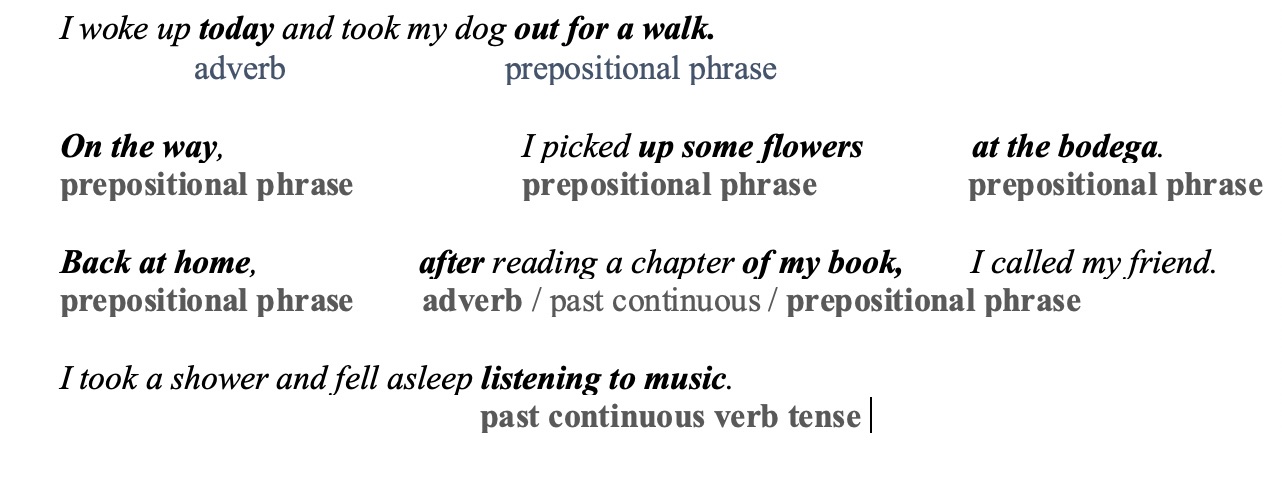 Your child has always done well in school, so you reasonably assume that they’ll do well on the Independent School Entrance Exam (ISEE) as you pursue a school transition. So you have your child sit for an ISEE diagnostic test. You fully expect that your child will knock it out of the ballpark, since, after all, they are already reading above grade level and get perfect scores on all of their math tests. You think that maybe they will need only one or two sessions with a test preparation tutor, just to go over some basic strategies and pull in those few extra points.
Your child has always done well in school, so you reasonably assume that they’ll do well on the Independent School Entrance Exam (ISEE) as you pursue a school transition. So you have your child sit for an ISEE diagnostic test. You fully expect that your child will knock it out of the ballpark, since, after all, they are already reading above grade level and get perfect scores on all of their math tests. You think that maybe they will need only one or two sessions with a test preparation tutor, just to go over some basic strategies and pull in those few extra points.
Your child’s diagnostic scores come back. Your jaw drops. Your child, the one who always exceeds expectations in school, has gotten dismal scores. They have scored around the 25th percentile on all sections of the test. How is this possible? How can you make sense of this?
Simple: the ISEE differs from teacher-made assessments and grade level achievement tests in a few very important ways:
1) Each level of the ISEE is aimed at a range of grade levels and abilities. It’s very possible your child hasn’t even seen some of the material covered on the test yet as it’s designed to be well above grade level and assumes mastery of prerequisite and current school year content.
2) The questions are written in a trickier way. On your school tests, for the most part, the questions resemble the questions you have been working on all along in your homework and classwork. However, some questions on the ISEE are designed to present information in a more convoluted way, so you have to do some more detective work to figure out what the question is asking of you. Moreover, a student has to nimbly move between topics, skills, and concepts with integrated multi-step problem solving, advanced vocabulary, and critical reading.
3) The makers of the test don’t expect you to get every question right. This is probably the hardest thing to wrap your head around, since of course in school, in order to obtain the highest possible score, you have to get every question correct. The ISEE is designed to have questions that really push the edge for a particular age bracket. What’s especially tricky is that the curve for each section varies from year to year and each version of the test presents a unique mix of content that is limited for any particular topic or category, such as geometry or algebraic reasoning. The verbal reasoning section, for example, can only assess a few dozen words out of thousands of possible words.
You want your child to be the best. We all do. But, for some standardized tests like the ISEE, being the best doesn’t necessarily mean getting a perfect score. Slow and steady is the best approach for mastering the range of content presented on any level test (lower, middle, or upper). In addition to learning the content, working on practice questions, and meeting with a test preparation tutor, your child should know what the makers of the test expect from them. Parents and teachers play an important role in helping students to maintain an appropriate perspective about this test and what the scores mean.
By Brad Hoffman, M.S.Ed.
Board Certified Educational Planner and Learning Specialist
My Learning Springboard
 January is always an important check-in time for our families with
January is always an important check-in time for our families with  It’s the holiday season, you’ve worked as hard as possible to keep up with your schoolwork AND write the Common App AND fill out endless application forms, and the response from your Early Decision school is a blow to the gut: a deferral. You wander around in dismay, devastated, embarrassed, not sure what to do next or how to wrap your head around the possibility that your first choice school has not sent you a hearty welcome!
It’s the holiday season, you’ve worked as hard as possible to keep up with your schoolwork AND write the Common App AND fill out endless application forms, and the response from your Early Decision school is a blow to the gut: a deferral. You wander around in dismay, devastated, embarrassed, not sure what to do next or how to wrap your head around the possibility that your first choice school has not sent you a hearty welcome! In an age of auto-correct and casual texting, it’s common to think of grammar as a rigid set of rules that is unnecessary to study. Often, students have an intuitive grasp of language and what “sounds right” based on years of reading and writing. Educators face similar questions about studying grammar. In fact, debates over teaching grammar have been raging in the United States for the last fifty years. Those who advocate against teaching grammar argue that students will learn grammar in an organic way, through reading and writing. They state that grammar instruction is often prescriptive and focused on rules, thereby limiting student expression. Certainly, there are dreary and constricting ways of teaching and learning grammar, but can we ever separate our thoughts and ideas from the sentences we are using to express them?
In an age of auto-correct and casual texting, it’s common to think of grammar as a rigid set of rules that is unnecessary to study. Often, students have an intuitive grasp of language and what “sounds right” based on years of reading and writing. Educators face similar questions about studying grammar. In fact, debates over teaching grammar have been raging in the United States for the last fifty years. Those who advocate against teaching grammar argue that students will learn grammar in an organic way, through reading and writing. They state that grammar instruction is often prescriptive and focused on rules, thereby limiting student expression. Certainly, there are dreary and constricting ways of teaching and learning grammar, but can we ever separate our thoughts and ideas from the sentences we are using to express them?

 Tony Wagner’s book,
Tony Wagner’s book,